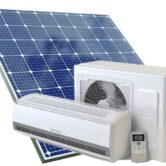Our dependence on fossil fuels continues to harm the environment, accelerating climate change and putting future generations at risk. To protect the planet and ensure a sustainable future, a global transition to renewable energy is not just ideal – it’s essential.
Fortunately, we’re already making progress. But the question remains: Which renewable energy sources hold the most promise, and where should we focus our efforts?
Before we can plan the future, we need to understand the core types of renewable energy and what each brings to the table.
Solar Energy
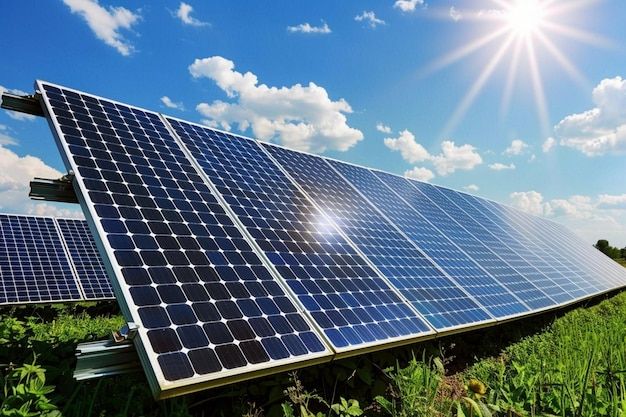
Solar power is one of the most abundant and scalable renewable energy sources available today. In fact, just one hour of sunlight contains enough energy to power the world for an entire year.
How it works:
Photovoltaic (PV) systems use silicon-based solar cells to convert sunlight into electricity. These systems can power everything from individual homes to entire cities through solar farms.
Benefits:
- Clean and sustainable
- Widely accessible
- Reduces energy bills long-term
Challenges:
- High initial installation costs
- Dependent on sun exposure and positioning
- Requires large-scale investment and time to transition globally
Wind Energy
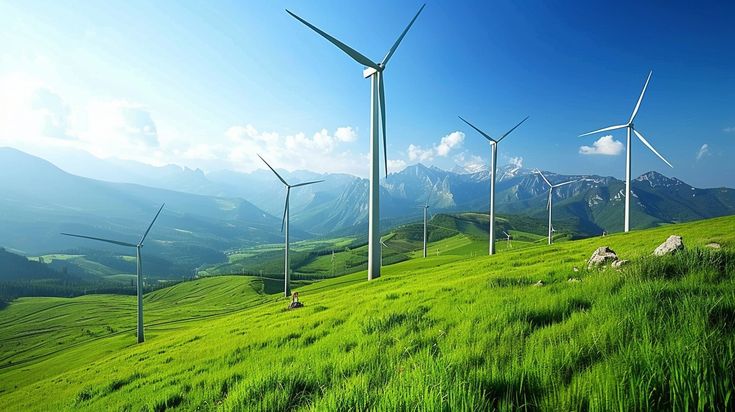
Wind turbines convert the kinetic energy of moving air into electricity—without producing emissions. From isolated windmills to massive offshore wind farms, wind power is already transforming global energy grids.
Benefits:
- No fuel required
- Low operating costs
- Scalable for both local and industrial use
Challenges:
- Visual and noise concerns
- Potential harm to birds and wildlife
- Infrastructure needed to transmit energy to cities
Hydroelectric Power
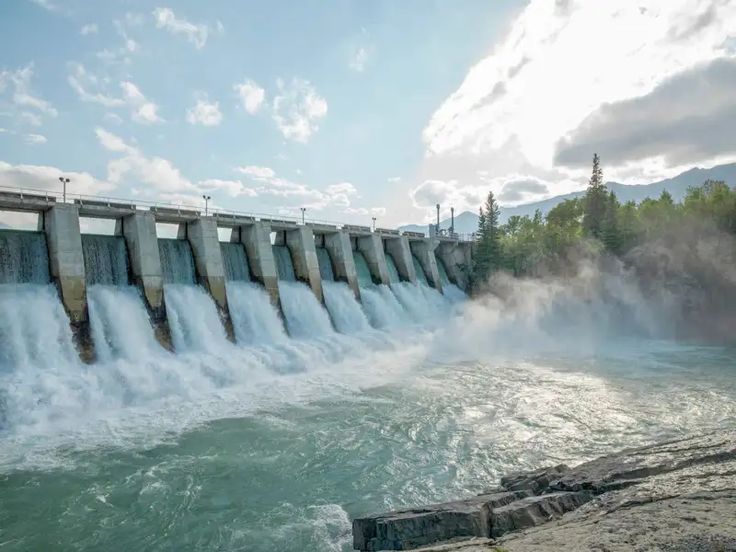
Hydropower harnesses the energy of moving water—typically through dams or river systems—to spin turbines and generate electricity.
Benefits:
- Reliable and efficient
- Long history of success
- Can support entire regions or small communities
Challenges:
- Disrupts river ecosystems
- Alters aquatic habitats
- Requires careful environmental management
Geothermal Energy
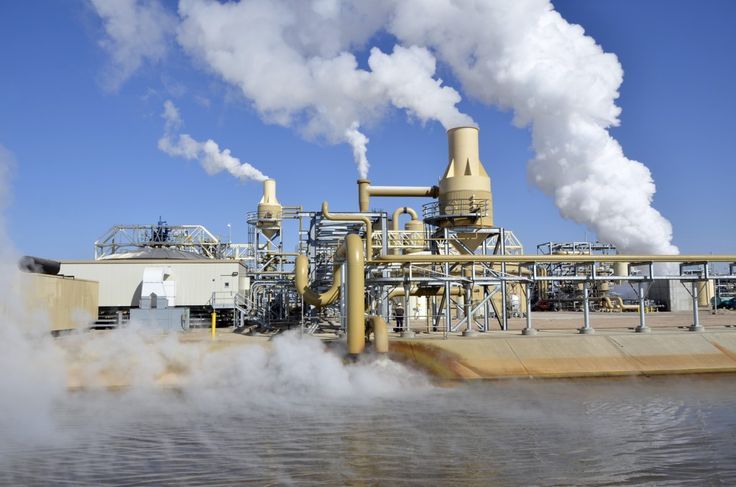
Beneath the Earth’s surface lies geothermal heat that can be tapped to produce clean electricity through steam-powered turbines.
Benefits:
- Low emissions
- Highly reliable in the right locations
- Small land footprint
Challenges:
- Limited to geologically active areas
- High upfront infrastructure costs
- Sensitive to seismic activity
Biomass Energy
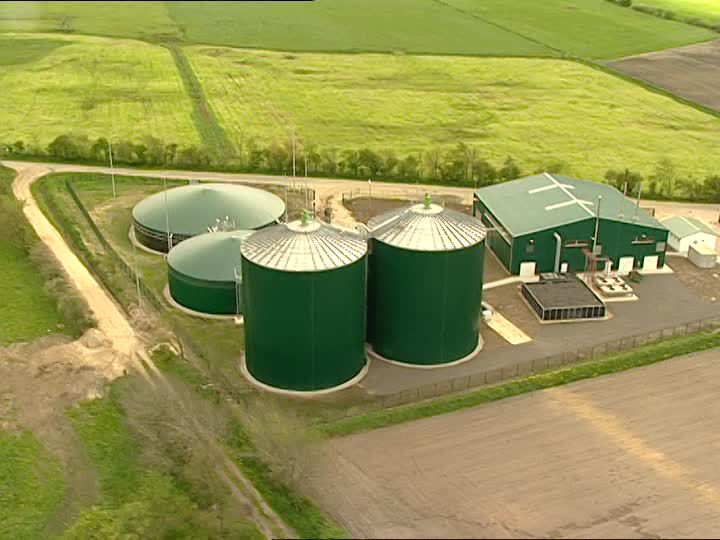
Biomass energy comes from organic materials like wood, agricultural waste, or even manure. These materials are burned to create steam and generate electricity.
Benefits:
- Utilizes waste that would otherwise be discarded
- Widely accessible
- Can provide localized energy solutions
Challenges:
Ocean & Tidal Energy
Tidal energy harnesses the power of ocean tides and waves—offering a highly predictable, renewable energy source.
Benefits:
- Clean and consistent
- Ideal for coastal areas
- Huge untapped potential
Challenges:
- Expensive infrastructure
- Environmental and aesthetic concerns
- Weather and ocean conditions can affect output
What’s the Best Renewable Energy Source?
There’s no one-size-fits-all answer. The “best” energy source depends on local geography, policy, available resources, and infrastructure. The most effective strategy will combine multiple renewable technologies to create a balanced and resilient energy system.





